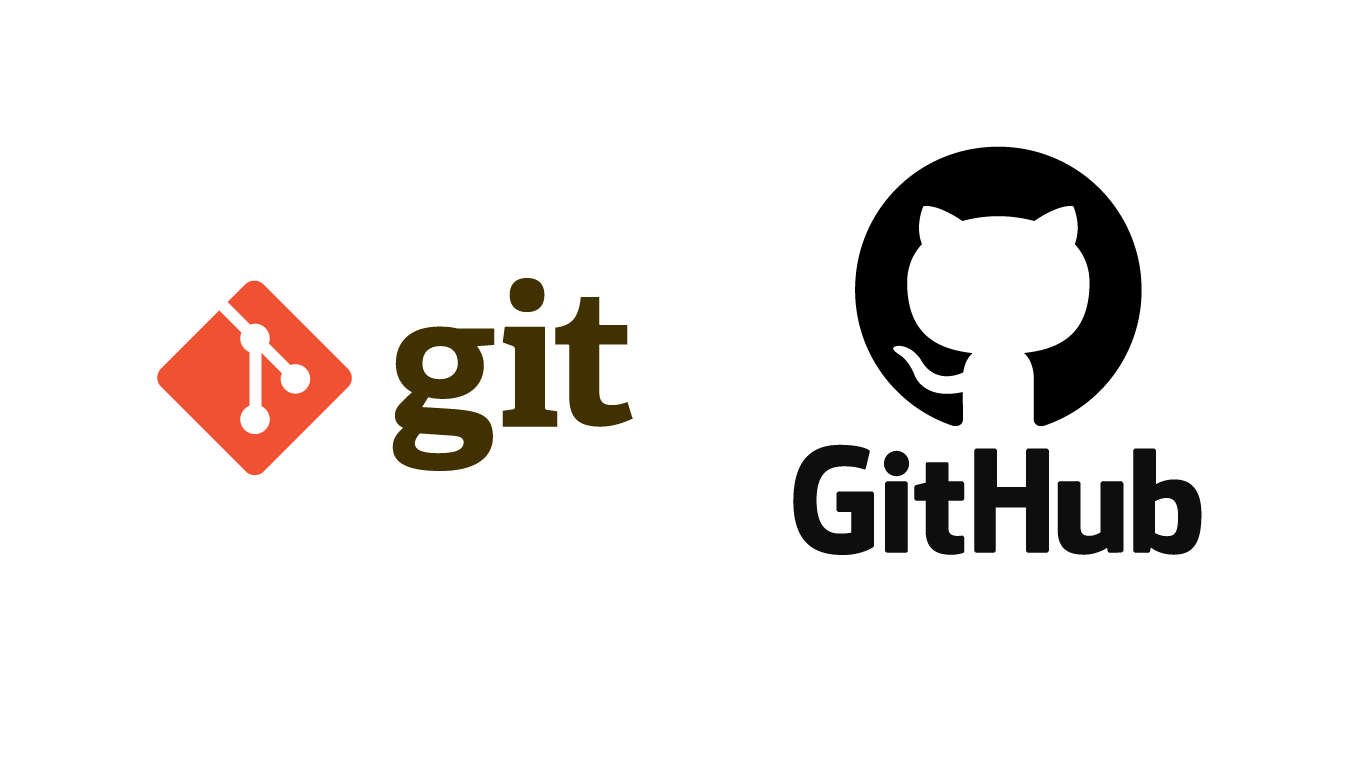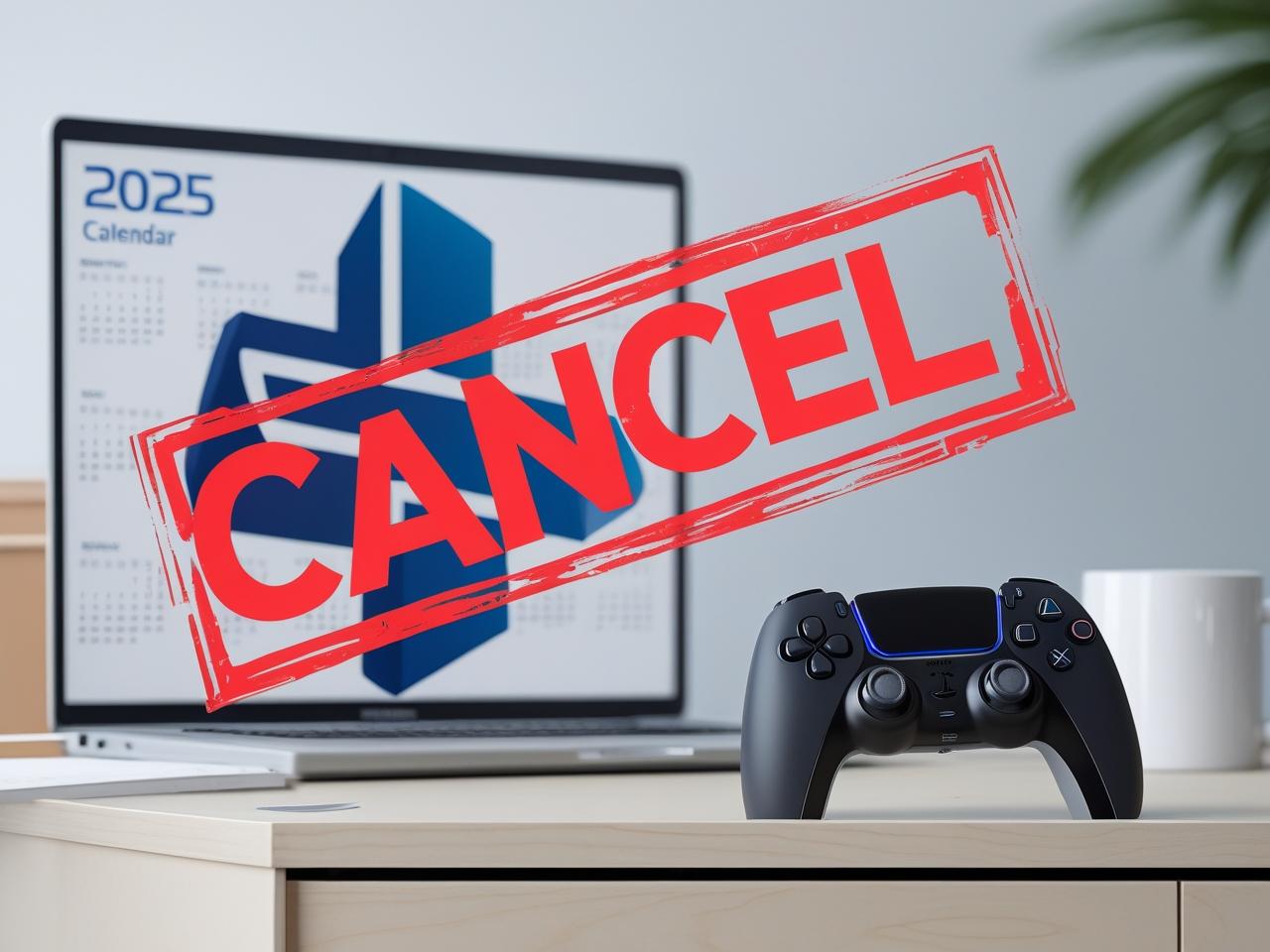Git & GitHub for Beginners: A Simple Guide to Getting Started
Are you just starting out with Git and GitHub? Whether you’re learning to code or working on your first project, version control is a must-have skill. In this beginner-friendly guide, we’ll walk you through essential Git commands like git init, git add, git commit, and more—plus how to use GitHub to collaborate and share your work.
What Is Git and Why Should You Use It?
Git is a free, open-source version control system that helps developers track and manage changes to their code. It’s like a time machine for your project—you can go back to earlier versions, compare changes, and collaborate with others without messing up your code.
GitHub is a platform that hosts your Git repositories online. It allows you to store, share, and collaborate on code with others around the world.
Keywords: Git tutorial for beginners, GitHub for beginners, version control, learn Git
🛠️ Basic Git Commands You Should Know
Here are the fundamental Git commands every beginner should master:
1. git init — Initialize a Repository
This command sets up a new Git repository in your project folder.
git init
➡️ It creates a hidden .git folder to start tracking changes.
2. git status — Check the Current State
Want to see which files have been changed or staged?
git status
➡️ This command shows you the state of your working directory and staging area.
3. git add — Stage Changes
Use git add to tell Git which files you want to track or update.
git add filename.txt # Add one file
git add . # Add all changes
➡️ Files must be added before they can be committed.
4. git commit — Save a Snapshot
After staging changes, commit them with a message:
git commit -m "Add homepage layout"
➡️ Think of this as taking a snapshot of your project.
5. git log — View Commit History
See the history of your commits:
git log
➡️ Each commit shows a unique ID, author, and message.
6. git clone — Copy a Repository
To copy a project from GitHub to your local machine:
git clone https://github.com/username/repo.git
➡️ This creates a full copy of the repository.
7. git pull — Fetch and Merge Changes
Download and merge changes from a remote repository:
git pull
➡️ Useful when working in a team to stay up-to-date.
8. git push — Upload Changes
Push your commits to GitHub:
git push origin main
➡️ This updates the remote repository with your local changes.
🌐 How to Use GitHub (Step-by-Step)
🧑💻 1. Create a GitHub Account
Sign up at https://github.com if you haven’t already.
📁 2. Create a New Repository
Click “New” → name your repo → choose public/private → click “Create repository.”
🔗 3. Connect Local Repo to GitHub
Inside your local project folder:
git remote add origin https://github.com/yourusername/your-repo.git
git branch -M main
git push -u origin main
Now your code is live on GitHub!
✨ Bonus: GitHub Best Practices
- ✅ Write clear commit messages
- 🔄 Pull before you push
- 🔒 Use
.gitignoreto skip unnecessary files - 🤝 Fork and create pull requests when contributing to open source
📌 Summary: Key Git Commands Cheat Sheet
| Command | Description |
|---|---|
git init | Start a new Git repo |
git add | Stage changes for commit |
git commit | Save a snapshot of your code |
git status | Check file changes |
git log | View commit history |
git clone | Copy a GitHub repo |
git pull | Get latest changes from GitHub |
git push | Upload changes to GitHub |
🎯 Final Thoughts
Learning Git and GitHub doesn’t have to be intimidating. Start small, use these basic commands, and gradually build confidence. Soon, version control will become second nature!


